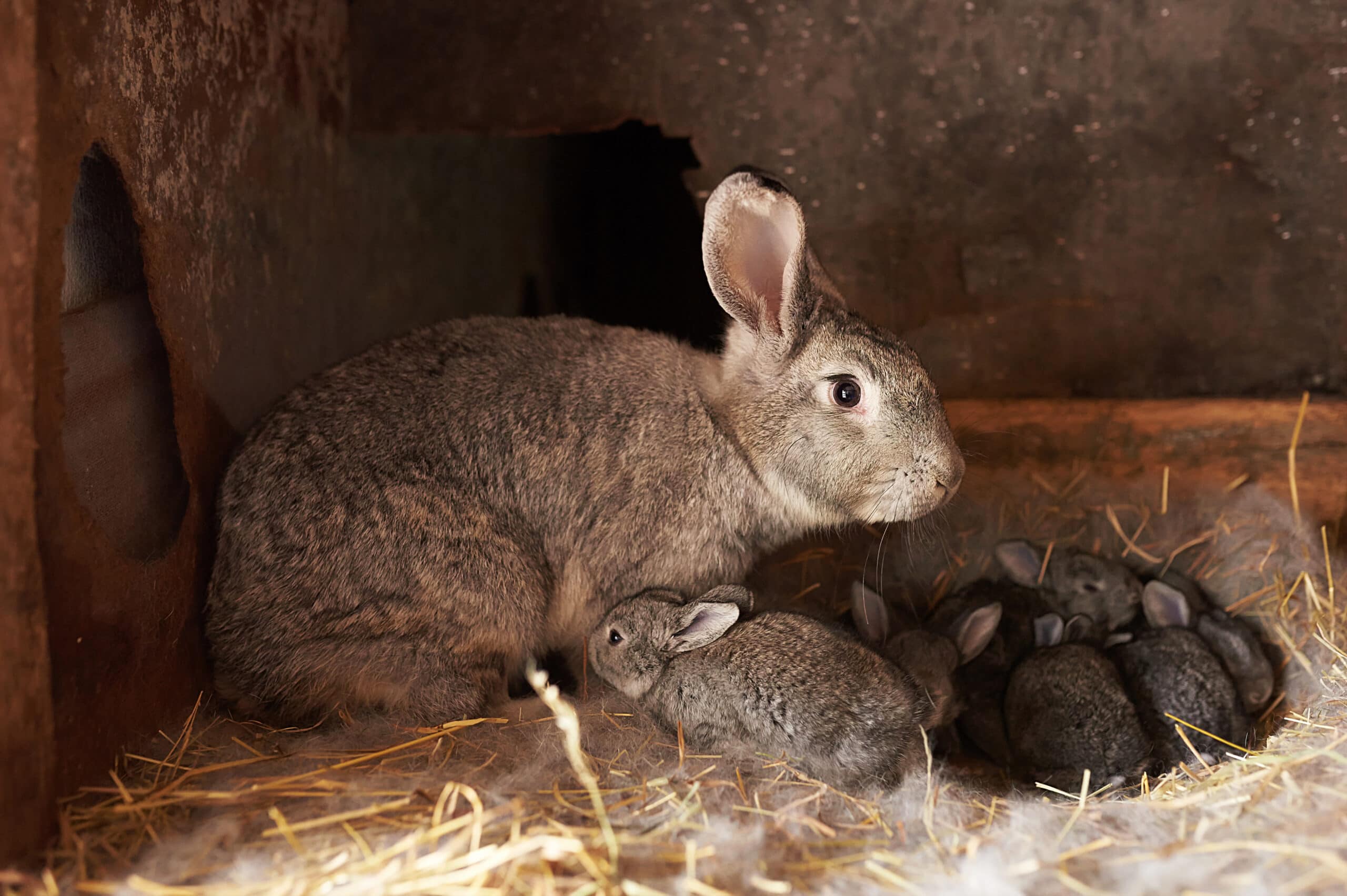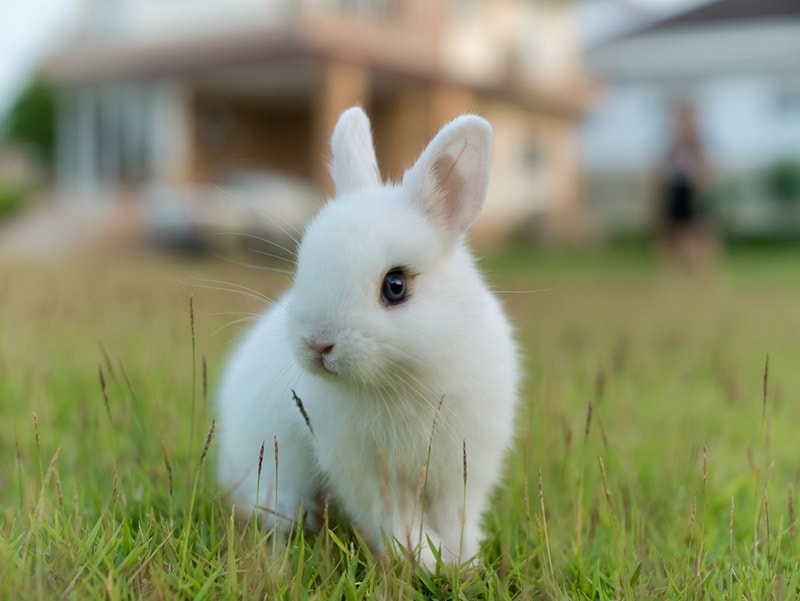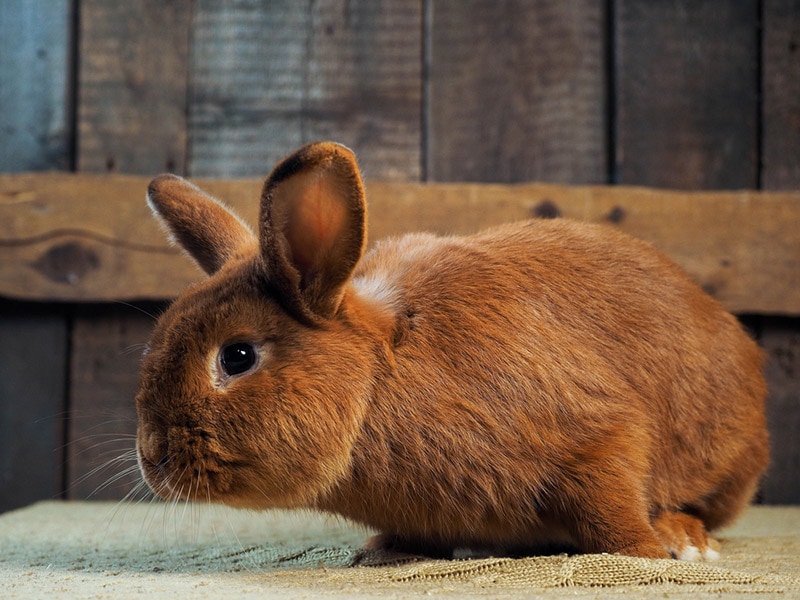Lilac Rabbit: Info, Care, Diet, Pictures & More
Updated on
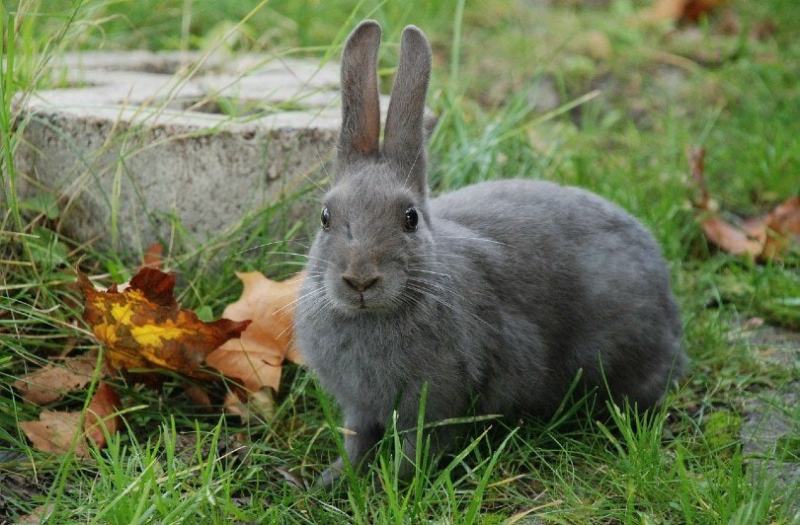
Plush, plump, and utterly adorable, the Lilac rabbit is one of the more cuddly and huggable rabbit breeds. They’re relatively smart, can be litter box trained, recognize their name, and like being handled (as long as it’s in the correct way). If you’re seeking more information about these wonderful companions, you’ll find it below, plus everything you need to care for one like a pro!
| Size: | Medium |
| Weight: | Up to 8 lbs |
| Lifespan: | 9–12 years |
| Similar Breeds: | Havana rabbit, Beveren rabbit |
| Suitable for: | 1st-time rabbit owners, seniors, families with children, apartment dwellers |
| Temperament: | Gentle, sweet, docile, sociable |
The most striking aspect of the Lilac rabbit, not surprisingly, is its lovely lilac color that seems to change depending on the light hitting its fur. These medium-sized rabbits are super sweet and, when handled correctly, enjoy being cuddled and petted. They’re calm rabbits but don’t enjoy a raucous home. Lilacs are smart rabbits, also, and can be taught several tricks. All of these traits make them wonderful pets for adults and kids.
Lilac Rabbit Breed Characteristics

How Much Do These Rabbits Cost?
The Lilac rabbit was originally developed in Great Britain in the early part of the 20th century and was brought to the United States in the early 1920s. They are believed to be a cross between a Havana rabbit and a Blue Imperial rabbit, which is why they have such a lovely lilac color.
As for adopting a Lilac rabbit, you should expect to pay between $20 and $30 for a Lilac rabbit kit. If this is your first rabbit, you should also be prepared to spend between $300 and $400 for all the supplies you’ll need, including a rabbit hutch, litter box, bowls, feeders, water bottle, bedding, and rabbit food.

Temperament & Intelligence of the Lilac Rabbit
Few rabbits are known to be aggressive, but most don’t like being handled, let alone cuddled. They are, after all, used to being prey for many types of larger animals. The Lilac rabbit, however, is not your typical bunny. The best term to describe a Lilac is “laid-back,” and you’ll find that they’re easygoing and affectionate. They genuinely like being cuddled as long as the person doing the cuddling is someone they trust implicitly.
As for intelligence, Lilac rabbits can learn how to use a litter box and quite a few basic tricks. After enough time has passed, most Lilac rabbits will recognize their favorite people and respond when they hear their name being called.
Do These Rabbits Make Good Pets? 👪
Although they aren’t exceedingly popular in the United States, the Lilac rabbit is a good pet. Once they know and trust you, a Lilac will have no problem letting you handle them, pet them, and do both while they sit happily on your lap. Many owners say the Lilac rabbit is more like a cat than your typical rabbit, as they seek attention and love nothing more than wasting hours sitting on your lap being stroked and praised.
Lilac rabbits are also great for children because they’re docile, calm, and, if handled with care, won’t kick or scratch. Lilacs are also easy to care for, have few health issues, and make good indoor and outdoor pets. One caveat is that if you keep them outdoors, your Lilac must have a well-protected hutch.
Does This Rabbit Get Along With Other Pets?
The best method to ensure that your Lilac rabbit gets along with other pets in your household is to raise them with those pets from a kit. If, for example, you bring home an adult Lilac, chances are they won’t get along with your other pets simply because they’ll be terrified of them.
Again, rabbits are prey animals used to being chased, killed, and eaten in the wild. Even though Lilac rabbits are domesticated, they still instinctually run from predators, and being in a house with other pets they don’t know can be highly stressful for them, to the point that it causes them physical harm.
 Things to Know When Owning a Lilac Rabbit
Things to Know When Owning a Lilac Rabbit
Food & Diet Requirements 🥕
Like practically all rabbit breeds, the Lilac rabbit needs a fresh supply of Timothy hay every day. It is their primary food source, and they must continually ingest hay to ensure that their digestive tract stays healthy.
They also require leafy greens and veggies that are low in sugar. As for high-sugar fruits and vegetables, they should be given to your Lilac only in moderation.
Habitat & Hutch Requirements 🏠
Most experts recommend a hutch at least 2′ x 3′ x 18″, but it’s always better to provide a little more space than less. That’s especially true if you plan to keep your Lilac rabbit outside, as they won’t have the luxury of running around inside your house (and being able to stretch their legs). Like most rabbits, it’s also recommended to have a floor that is not wire mesh but solid wood or plastic. Wire mesh can, in time, injure your rabbit’s hocks.
If you keep your Lilac rabbit outside, its hutch should be in an area well-protected from the elements. That includes sunshine, as too much sun can cause them to overheat during the day. It’s also critical that whatever hutch you use is predator-proof, especially if you live in an area with coyotes, foxes, and other predators that may try to attack your pet.
Inside your home, your Lilac’s hutch should be somewhere that gets partial sunshine, has a little airflow (but not too much), and is quiet and peaceful at night. Unless your bunny knows and gets along well with other pets, their hutch should be where your dog(s) and cat(s) can’t annoy or bother them.
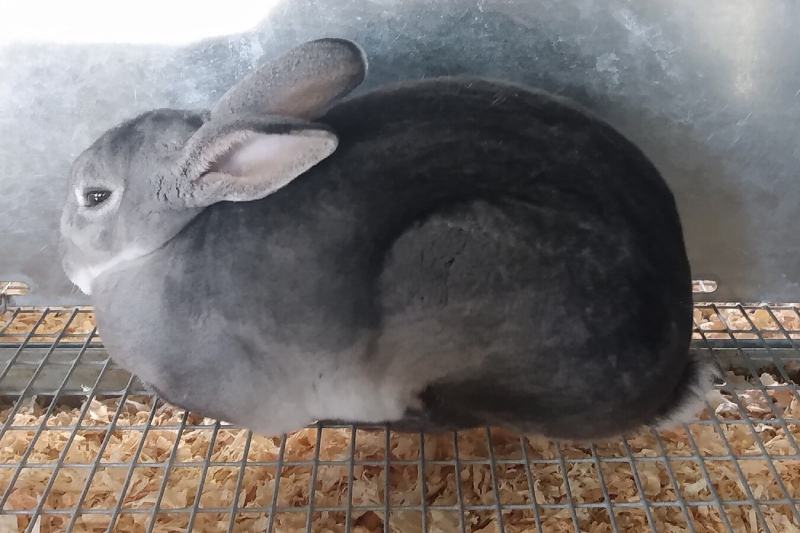
Exercise & Sleeping Needs 🐇
Your Lilac rabbit needs a larger hutch if it’s going to live outside to give it enough room to run around, play and explore. If you decide to keep your pet inside, cordoning off an area in your home, or giving them an entire room, is a great idea when possible. Rabbits are curious animals and love exploring and sniffing around. They also need exercise to stay in good shape and stay healthy.
As for sleep, Lilac rabbits are similar to most breeds in that they need between 8 and 12 hours of sleep per day, on average. It should also be noted that their hutch should be where there’s little to no light at night, as even a tiny amount can impede their ability to sleep well. Many people cover their Lilac’s hutch at night to help them sleep better.
Training
Lilac rabbits can be trained to use a litter box, and it usually takes about as much effort as it does to train a cat. Teaching them small tricks like playing fetch and shaking paws is possible, but it takes a lot of persistence and practice. While rabbits are somewhat intelligent, they don’t truly understand what you’re doing or saying and usually respond to repetition more than anything else.
Grooming ✂️
One of the best things about owning a Lilac rabbit is that you won’t need to spend much time grooming it. Like cats, most rabbits groom themselves by licking their fur. However, if you want your Lilac to look its best, brushing it once a week with a brush specifically made for rabbits is ideal. This will help keep its coat glossy, fluffy, and soft.
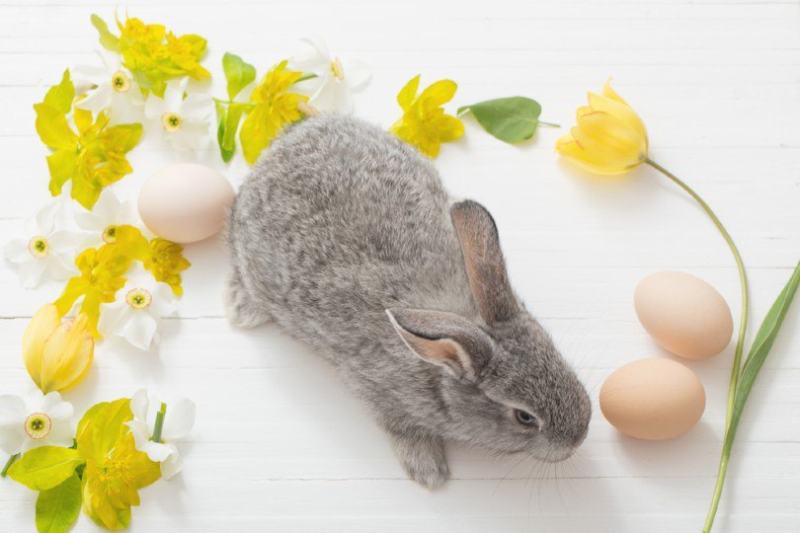
Lifespan and Health Conditions 🏥
The Lilac rabbit is a relatively long-lived breed with few congenital health issues. You should keep in mind, however, that there are some common health issues shared by all rabbits that can affect your lilac-colored friend. One of the worst is flystrike, which is caused by the larvae of flies that the insects lay on your pet’s fur. Another common issue among rabbits is overgrown teeth, which can be prevented by feeding them fresh Timothy hay daily. All rabbits must constantly chew to wear down their teeth and prevent them from overgrowing, and the Lilac bunny is no exception.
- Ear mites
- Worms
- Flystrike
- Overgrown teeth
Male vs Female
Besides the typical differences between male and female mammals, the Lilac rabbit female is about 20% larger than the male. It’s important to note that veterinarians recommend spaying or neutering your rabbit no matter the breed, especially if you don’t plan to breed them. This will temper any aggressive tendencies the male might have and prevent your female from getting pregnant and going through any pregnancy issues.
3 Little-Known Facts About Lilac Rabbit
1. The Population of Lilac Rabbits Is Low Enough That They’re on The Livestock Conservancy’s List as a “Breed To Watch.”
Hopefully, this will change, and their numbers will increase.
2. Lilac Rabbits Have Their Very Own Rabbit Club!
It’s the National Lilac Rabbit Club of America (NLRCA). The club was established in 1944 and is still going strong today!
3. Lilac Rabbits Make Excellent Show Rabbits.
They’re beautiful, easy to handle, docile, and can be shown for several years.
Conclusion
The Lilac rabbit is laid-back and sporting a lovely lilac color, and it has been a favorite in Great Britain for over a hundred years but isn’t as popular in the United States. That’s a shame because these rabbits make excellent pets that enjoy being handled, are easy to care for, and get along well with children.
While the Lilac might not be as adorable as some breeds, its friendly nature makes it a great choice for families with small children. Lilacs will also make wonderful pets for seniors in need of a companion and anyone who loves sweet, good-natured rabbits.
You might also like:
Featured Image Credit: GLady, Pixabay
